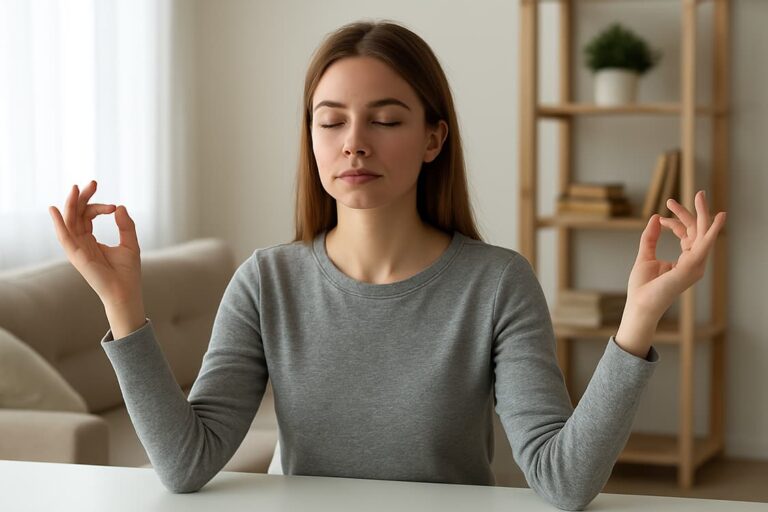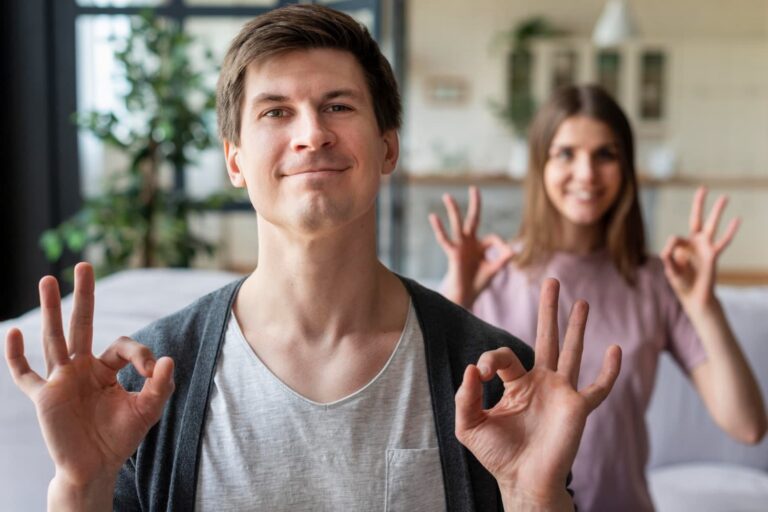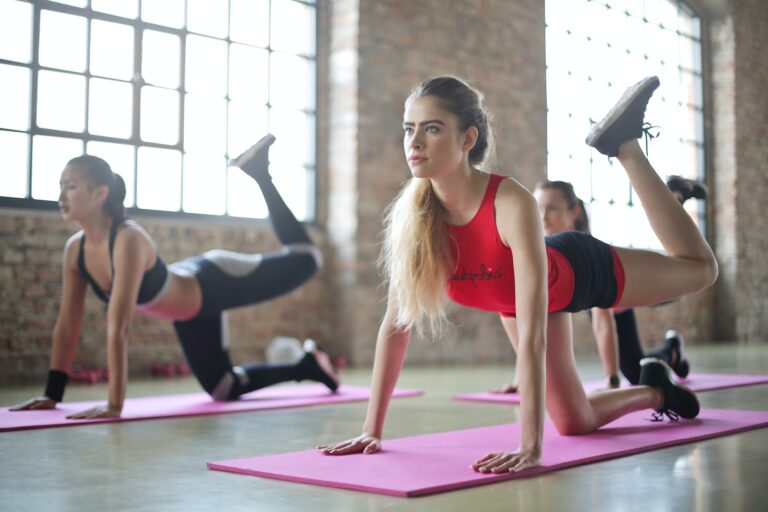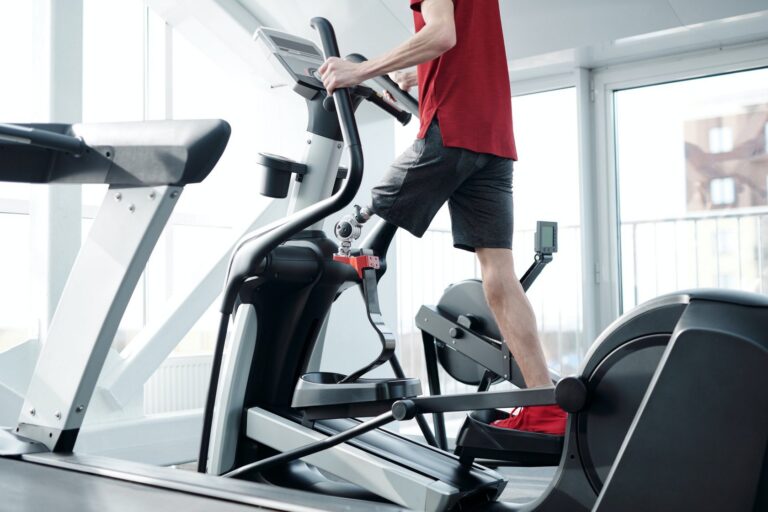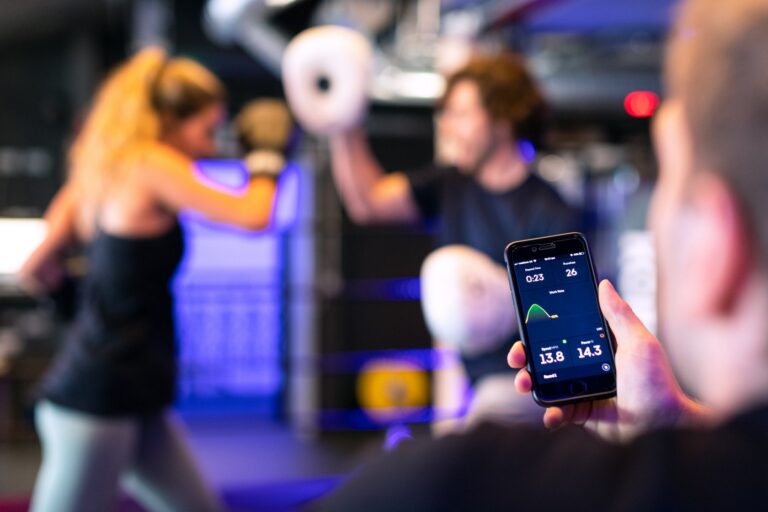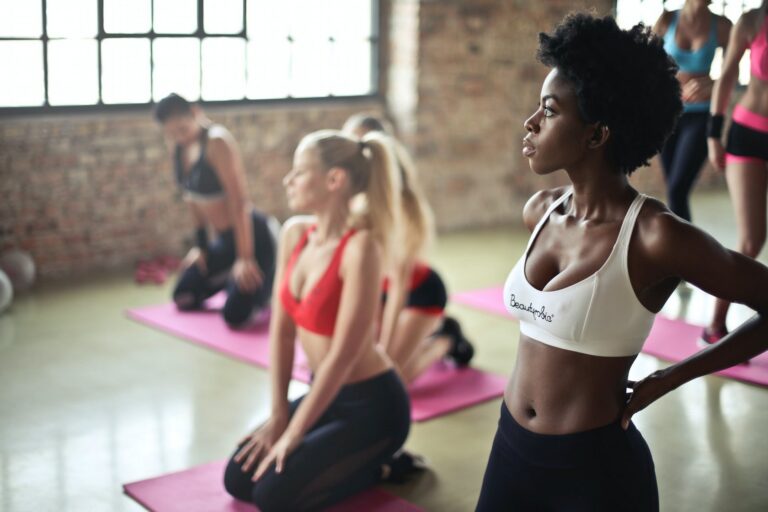In today’s fast-paced world, stress has become a constant companion for many people. From work deadlines to family responsibilities and endless digital distractions, it’s no wonder our bodies and minds feel overloaded. Yoga has long been known to help reduce stress, but when paired with short breathing exercises, it becomes even more effective. These techniques are easy to learn, take very little time, and offer immediate results in calming the nervous system and restoring balance.
This article explores how combining breathing exercises with yoga creates a stronger tool for stress relief. It also highlights simple ways to begin integrating these practices into everyday life, whether you’re new to yoga or already practicing regularly.
The Connection Between Breath and Stress
Most people don’t pay much attention to how they breathe. But the truth is, breath and stress are closely linked. When we’re stressed, our breath becomes short and shallow, often without us noticing. This kind of breathing sends signals to the brain that the body is under threat, which keeps the nervous system in a state of alert.
When we take slow, deep breaths, we do the opposite. We activate the parasympathetic nervous system, which tells the body that it’s safe to relax. Heart rate slows, muscles release tension, and the mind begins to settle. This is why even just a few minutes of calm breathing can help us feel more grounded.
One well-known method that supports this is called diaphragmatic breathing, where you focus on filling your belly rather than your chest. Practicing this before or after yoga can make a noticeable difference in how relaxed you feel. Breathing is a bridge between the body and mind, and when used intentionally, it can be a powerful tool for calming both.
Why Combining Breath and Movement Works So Well
Yoga is more than stretching or physical poses. It’s a full-body practice that includes mindfulness, stillness, and awareness of breath. In fact, in traditional yoga philosophy, the breath is considered just as important as the movement itself. When these two elements work together, the benefits of yoga become much deeper.
Breathing during yoga helps regulate energy, maintain focus, and move through difficult poses with more ease. It also helps keep the nervous system stable, which is key when practicing yoga as a way to manage stress. Adding a few dedicated breathing exercises either at the start or end of your yoga session helps the body transition more smoothly into a calm state.
For example, beginning with slow nostril breathing or ending with a few rounds of even-paced breath can turn a regular session into something more restorative. And if your yoga class doesn’t include breathwork, it’s easy to add a few minutes on your own. Just sit comfortably, close your eyes, and focus on breathing in and out through the nose with a slow, steady rhythm. That’s often enough to feel a change.
There’s also value in learning more structured techniques, like alternate nostril breathing or box breathing. These methods can support not just your yoga routine, but also help in moments of stress during your day. You can read here to better understand the background and science behind these practices.
How Short Breathing Exercises Fit Into Busy Lives
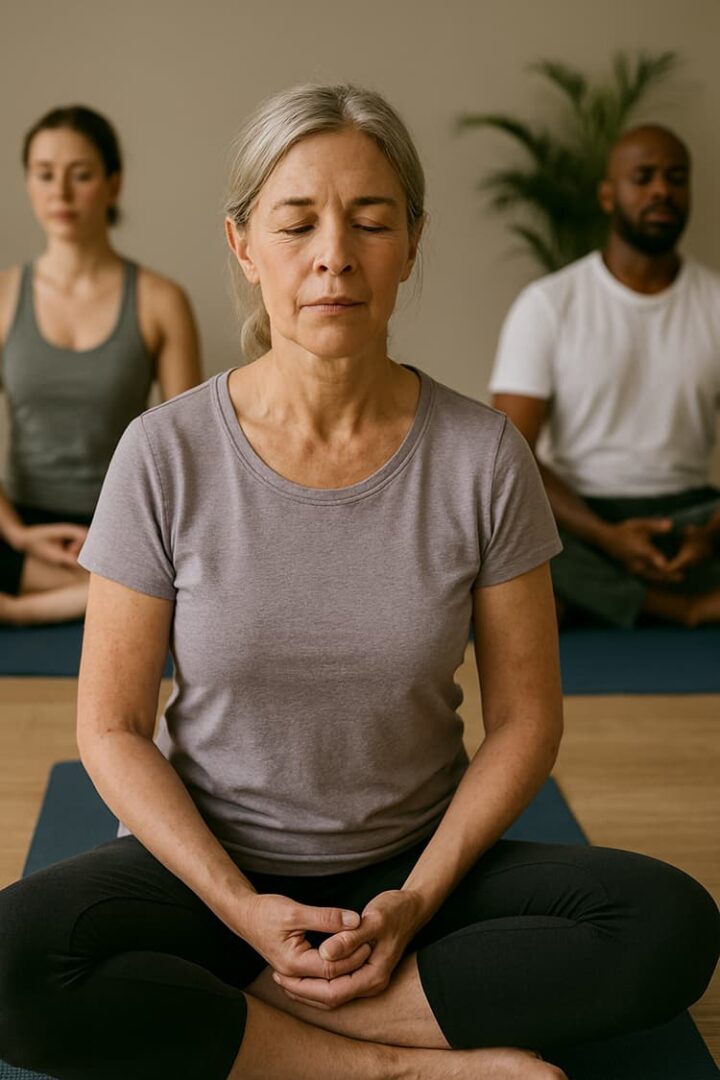
You don’t need to carve out an extra hour to benefit from breathing exercises. That’s part of what makes them such a practical and powerful tool. Most techniques take just a few minutes and can be done almost anywhere — before bed, during a lunch break, or while waiting in the car.
For people with limited time, this flexibility is a major advantage. A few rounds of slow breathing before a quick yoga flow in the morning, or after a long workday, can reset your mood and energy levels. If yoga is part of your routine already, adding two to five minutes of breathwork can make your practice more centered and calming.
Some yoga instructors have begun including breathwork in their group classes or private sessions, especially for students dealing with anxiety, fatigue, or sleep issues. Others offer short workshops or online classes focused just on breathing. What’s important is to keep things simple. You don’t need to master complex breathing patterns to get the benefit. The key is consistency and awareness — even two minutes of quiet breath-focused time each day can start to shift how you respond to stress.
Additional Resources for Enhancing Your Practice
If you want to take your yoga and breathing routine further, exploring in-person classes or structured group sessions can help you stay consistent and motivated. While apps and online videos are great for flexibility, many people find that guided sessions with an experienced instructor help them understand their body and breath better.
Some yoga instructors focus specifically on combining breathwork with gentle movement, which can be helpful if you are using yoga mainly to deal with stress. Others may introduce short breathing routines before or after class, helping students calm their minds and transition into a more relaxed state. Asking questions in class and sharing your personal goals with the teacher can make the experience more useful.
For those living near Cascais or interested in yoga instruction in Portuguese, you can find class options and experienced professionals read here. Even one or two in-person sessions can make a difference if you’ve only practiced on your own before. Whether you go regularly or occasionally, having access to real-time support can help you improve your breathing and stay grounded in your practice.
Conclusion
Short breathing exercises are often underestimated, but they can make a big difference when added to your yoga routine. They don’t require extra equipment or long practice times. A few minutes before or after your yoga session can help shift your nervous system from stress mode into a more relaxed, balanced state. Over time, these small changes can improve your mood, your focus, and even your sleep.
Yoga by itself already brings many benefits. But when paired with mindful breathing, it becomes something deeper and more supportive. You’re not just moving through poses – you’re giving yourself time to reconnect with how you feel. This helps you stay calm even outside of your practice.
